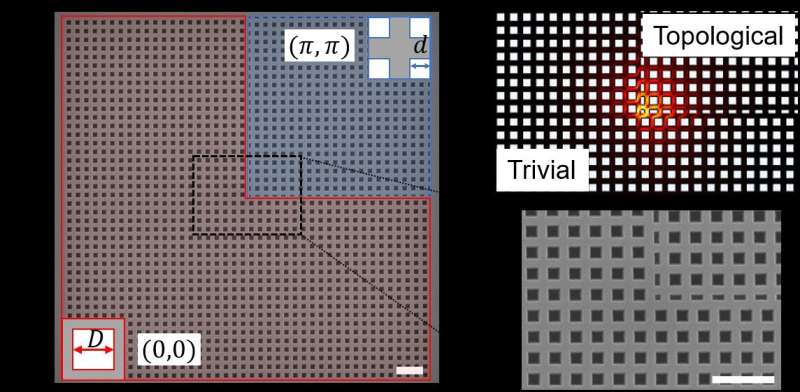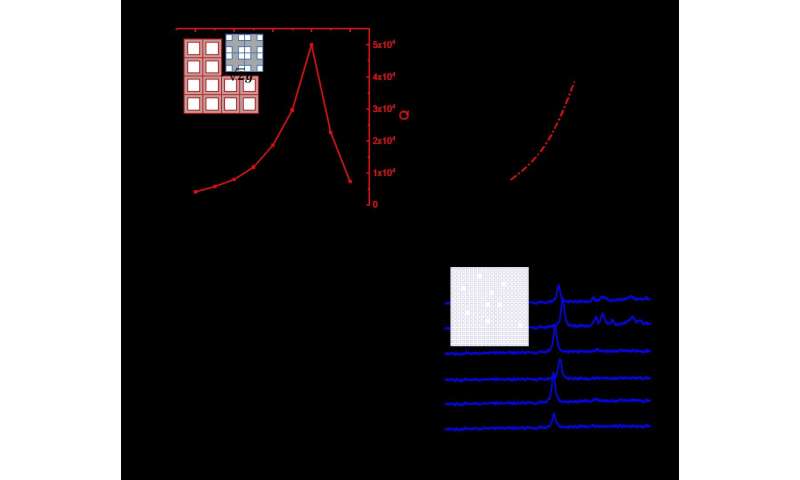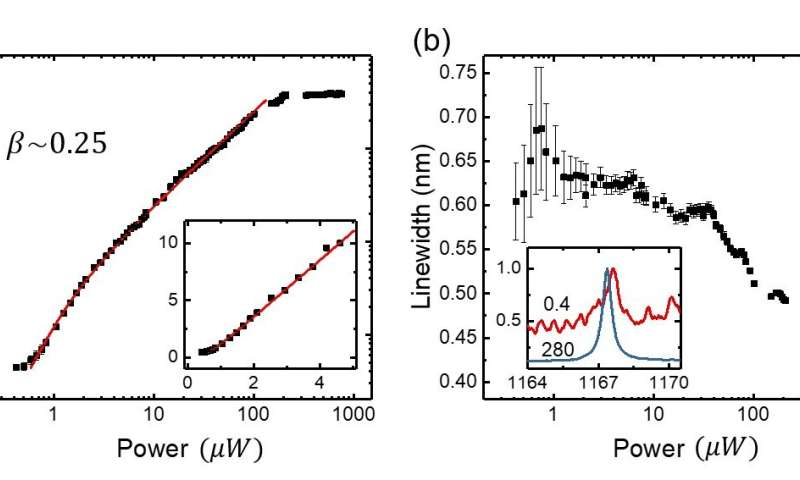Low-threshold topological nanolasers based on the second-order corner state

The applications of topological photonics have been intensively investigated, including one-way waveguide and topological lasers. The topological lasers especially have attracted broad attention in recent years, which have been proposed and demonstrated in various systems, including 1-D edge states in 2-D systems, 0-D boundary states in 1-D lattice, and topological bulk state around band edges. Most of them are at microscale. The topological nanolaser with a small footprint, low threshold and high energy-efficiency has yet to be explored. Recently, a new type of higher-order topological insulators which have lower dimensional boundary states has been proposed and demonstrated in many systems, including 2-D photonic crystal. In the second-order 2-D topological photonic crystal slab, there exist the gapped 1-D edge states and mid-gap 0-D corner state. This localized corner state provides a new platform to realize topological nanolasers.
In a new paper published in Light Science & Applications, a team of scientists, led by Professor Xiulai Xu from Beijing National Laboratory for Condensed Matter Physics, Institute of Physics, Chinese Academy of Sciences, China, and collaborators have demonstrated a low-threshold topological nanolaser in a 2-D topological photonic crystal nanocavity.
Based on the second-order corner state, a topological nanocavity is designed and fabricated. The quality factor (Q) is further optimized with a theoretical maximum of 50,000. The corner state is demonstrated to be robust against defects in bulk photonic crystal. A lasing behavior with low threshold and high spontaneous emission coupling factor (β) is observed. The performance is comparable with that of conventional semiconductor lasers, indicating the great prospect in a wide range of applications for topological nanophotonic circuitry.
The topological nanocavity consists of two kinds of photonic crystal structure with the common bandstructure and different topologies which are characterized by the 2-D Zak phase. According to the bulk-edge-corner correspondence, the mid-gap 0-D corner state can be induced by the quantized edge dipole polarization, which is highly localized at the intersection of two boundaries. The Q is optimized with smoother spatial distribution of the corner state by adjusting the gap distance (g) between the trivial and nontrival photonic crystal slabs.
-

a, Calculated Q (red) and wavelengths (black) of the corner state for different g. The inset shows the schematic of Q optimization, in which the topological photonic crystal is shifted away from the corner by 2g along the diagonal direction. b, Photoluminescence (PL) spectra for cavities with different g. The red dashed line represents the corner state. These peaks in the long-wavelength range originate from edge states. c, PL spectra of defect-free cavities, which show the variations of the cavity mode by fabrication imperfections. d, PL spectra of cavities with different numbers of defects, as shown in the inset. The numbers represent the number of missing square holes in the bulk of the photonic crystal. Here, the missing square holes are several periods away from the corner. The PL spectra are shifted for clarity. Credit: Weixuan Zhang, Xin Xie, Huiming Hao, Jianchen Dang, Shan Xiao, Shushu Shi, Haiqiao Ni, Zhichuan Niu, Can Wang, Kuijuan Jin, Xiangdong Zhang and Xiulai Xu -

a, Pump-power dependence of the corner state for the cavity with a = 360 nm, D = 222 nm and g = 30 nm, on a logarithmic scale. The inset shows the enlarged curve around the threshold on a linear scale. Squares represent the experimental data, and the line represents the fitted result obtained with the semiconductor laser model. β is estimated at approximately 0.25. The lasing threshold is approximately 1 μW. b, Linewidths of the corner state as a function of pump power. The inset shows the normalized PL spectra for different pump powers. The linewidth shows a clear narrowing. The linewidths and intensities are both extracted by fitting the high-resolution spectra with Lorentz peak functions. Credit: Weixuan Zhang, Xin Xie, Huiming Hao, Jianchen Dang, Shan Xiao, Shushu Shi, Haiqiao Ni, Zhichuan Niu, Can Wang, Kuijuan Jin, Xiangdong Zhang and Xiulai Xu
The designed topological nanocavities with different parameters are fabricated into GaAs slabs with a high density of InGaAs quantum dots. The trend of Q with g agrees well with the theoretical prediction, while the values are approximately an order of magnitude lower than the theoretical prediction due to the fabrication imperfection. Although the Q and resonance wavelength of the corner state are susceptible to disorder around the corner, the corner state is topologically protected by the nontrivial 2-D Zak phases of the bulk band and robust against to the defects in bulk photonic crystal, which has been demonstrated experimentally.
A lasing behavior with high performance is observed at 4.2 K with quantum dots as the gain medium. The lasing threshold is about 1 μW and β is about 0.25. The performance is much better than that of topological edge lasers, especially the threshold which is about three orders of magnitude lower than most of the topological edge lasers. The high performance results from the strong optical confinement in the cavity due to the small mode volume and high Q.
This result downscales the applications of topological photonics into nanoscale, which will be of great significance to the development of topological nanophotonic circuitry. Furthermore, the topological nanocavity can greatly enhance light-matter interaction, therefore enabling the investigation of cavity quantum electrodynamics and the further potential applications in topological nanophotonic devices.
More information: Weixuan Zhang et al, Low-threshold topological nanolasers based on the second-order corner state, Light: Science & Applications (2020). DOI: 10.1038/s41377-020-00352-1
Journal information: Light: Science & Applications
Provided by Chinese Academy





















